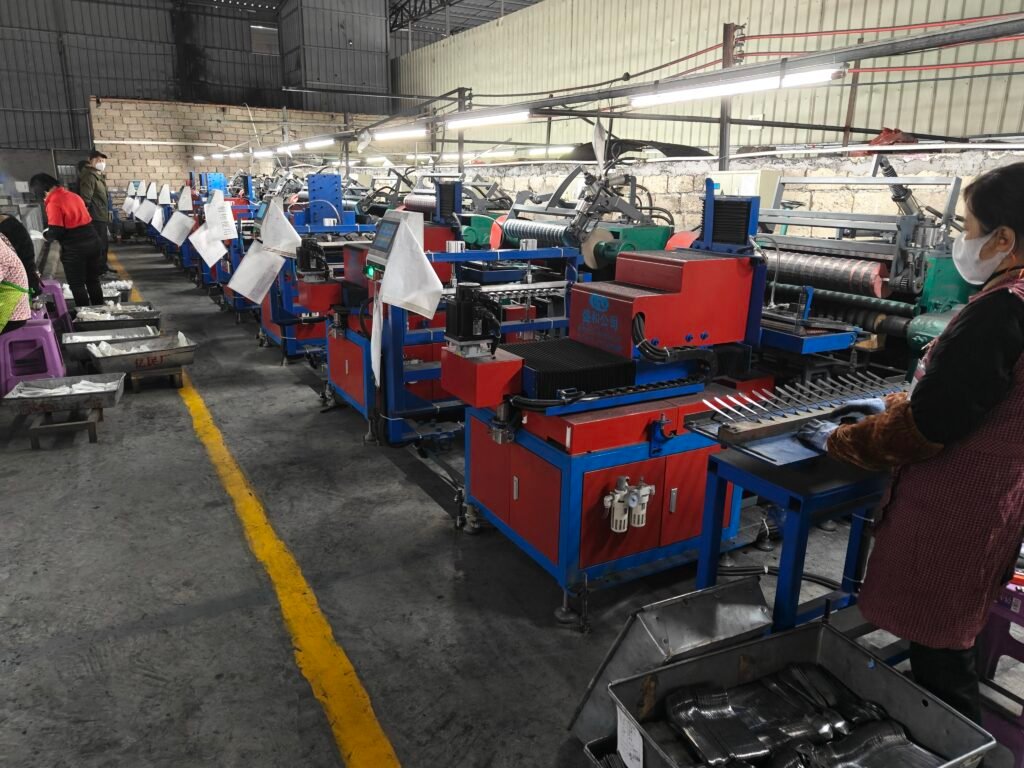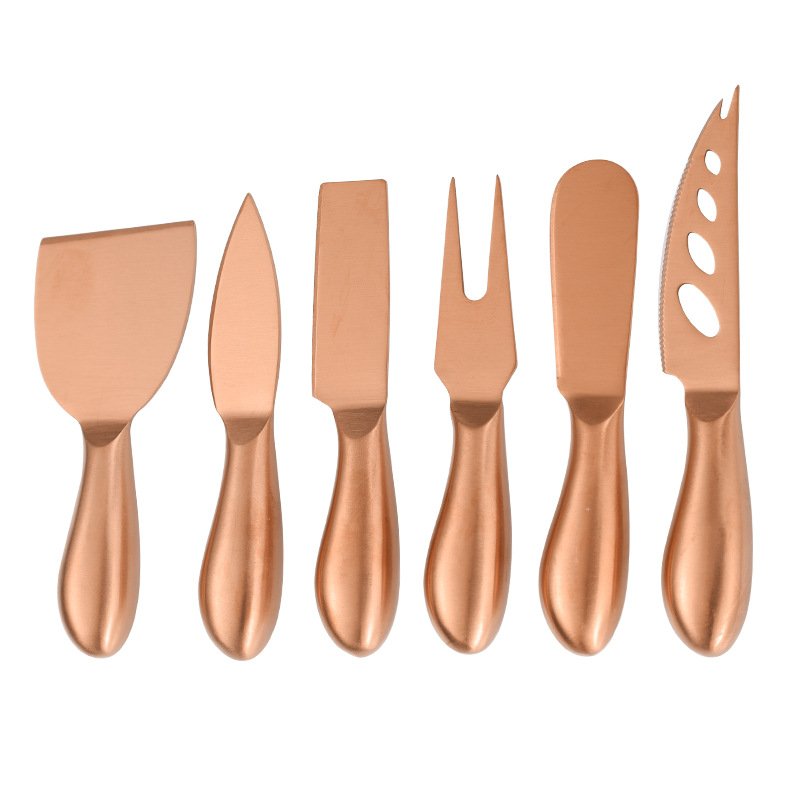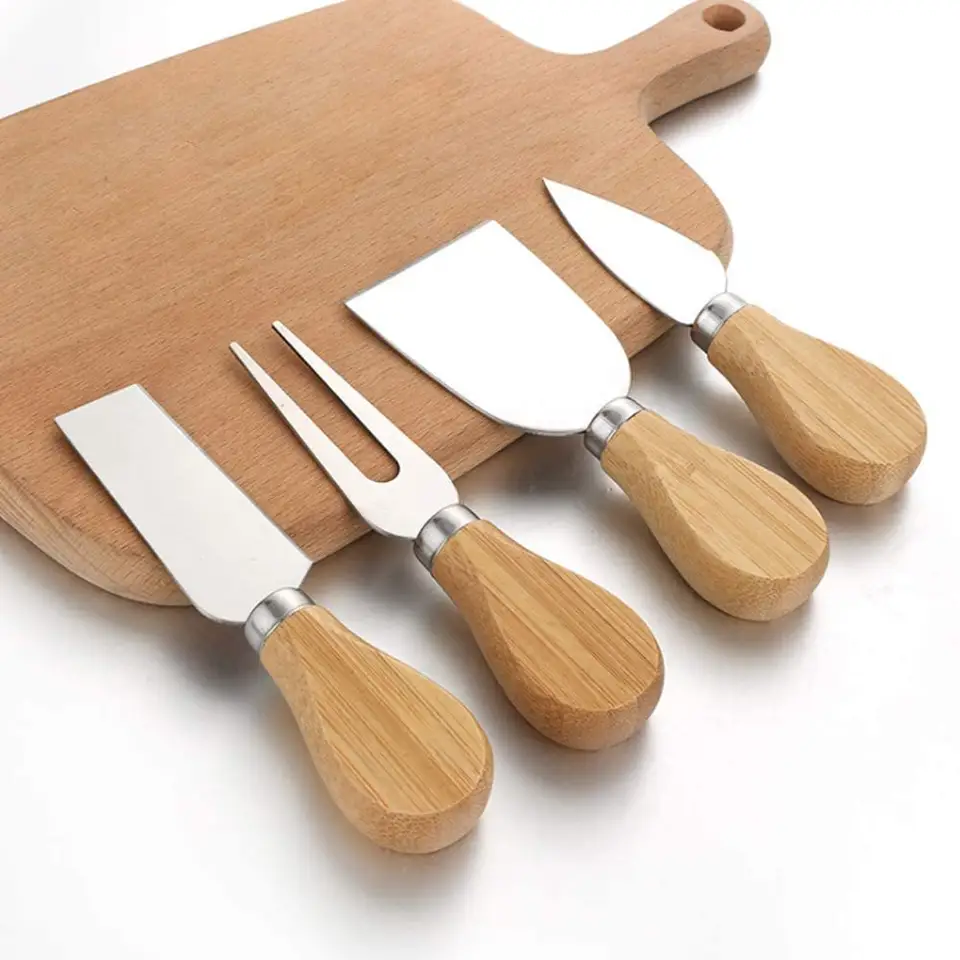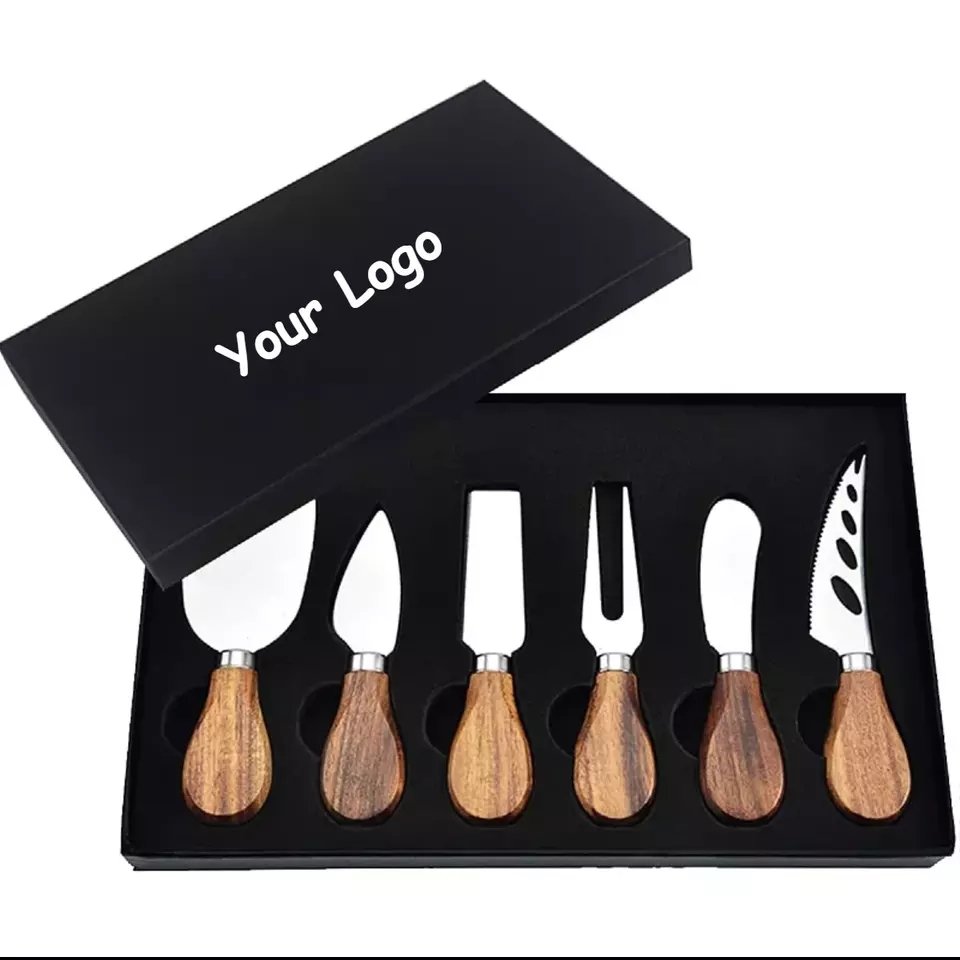Choosing the wrong supplier can delay your orders, hurt your brand, and cost you loyal customers.
Factory size and manufacturing capacity directly affect your lead time, product consistency, and long-term business stability.
A good-looking cutlery sample means nothing if the factory can’t scale production or meet your deadlines. Let’s talk about why factory scale and capacity aren’t just numbers — they’re signals of trust, quality, and future-proof business.
Table of Contents
What factors should you consider when choosing a cutlery supplier?
You found a nice supplier online. Great photos. Good price. But is that enough?
To choose a reliable cutlery supplier, you must consider product quality, certification, lead time, communication, production capacity, and long-term potential.
You found a nice supplier online. Great photos. Good price. But is that enough?
To choose a reliable cutlery supplier, you must consider product quality, certification, lead time, communication, production capacity, and long-term potential.
When I first entered the cutlery business over a decade ago, I thought finding a supplier was just about comparing prices and samples. Later, I learned the hard way that a pretty product catalog can hide a lot of risks. Some suppliers have beautiful designs but no real capacity to deliver in bulk. Others may offer low prices but lack basic certifications or use poor materials.
Let’s break down the key factors you need to evaluate:
📌 Table: Factors That Matter When Choosing a Cutlery Supplier
| Factor | Why It Matters | Questions to Ask |
|---|---|---|
| Product Quality | Impacts brand image & customer satisfaction | Do they provide material certificates? |
| Certification | Ensures compliance with local markets | Do they have LFGB, FDA, BSCI, etc.? |
| Manufacturing Capacity | Affects delivery and scalability | Can they handle large orders or sudden surges? |
| Communication | Avoids misunderstandings & delays | Is the sales team responsive and professional? |
| Lead Time | Determines your ability to launch on time | What’s their average production cycle? |
| Customization Support | Helps differentiate your brand | Can they handle OEM or logo engraving? |
I often suggest asking for a virtual or in-person factory tour before any long-term commitment. One of my Turkish clients did this and avoided a supplier who was subcontracting everything with no real control over production.
Why is manufacturing capacity a key part of your supply chain?
A great product idea is useless if your supplier can’t produce it on time.
Manufacturing capacity is the backbone of a reliable supply chain because it ensures stable output, short lead times, and room for scaling.
When evaluating a supplier, think beyond their current output. Consider how flexible and future-proof their system is. One common mistake new buyers make is focusing only on current inventory or sample quality, but they overlook the supplier’s production bottlenecks or dependence on outsourcing.
🚦 Hidden Supply Chain Risks from Low Capacity Suppliers
| Risk | Description | Impact on Your Business |
|---|---|---|
| Missed Deadlines | Limited machines or workers can’t handle urgent orders | Loss of trust, cancelled orders |
| Inconsistent Output | Manual processes or outdated equipment reduce consistency | Quality complaints and returns |
| No Scalability | Factory maxes out at low volumes | Can’t grow with your business |
| Hidden Subcontracting | Core production outsourced to unknown third parties | Loss of control, unclear quality responsibility |
A real story here: one buyer I know got excited about a cheap supplier on Alibaba. The supplier promised 10,000 pieces per week. But later, we discovered the actual factory only had 5 machines — the rest was outsourced. Result? Delays, inconsistent engraving, and a very angry retail client.

How do you compare the size of cutlery factories effectively?
Not all big factories are efficient, and not all small ones are bad. So how do you judge fairly?
To compare factory sizes effectively, look at not just area, but also production lines, automation level, team size, and workflow efficiency.
When comparing two factories, don’t just ask, “How many square meters do you have?” Instead, dig deeper. Ask how the space is used. A 10,000㎡ facility that stores raw materials poorly and has low automation may perform worse than a smaller factory with streamlined workflows.
🏭 Key Metrics to Compare Factory Size and Efficiency
| Metric | What It Reveals | What to Look For |
|---|---|---|
| Floor Area | Physical space available | At least 3000㎡ for medium-scale cutlery |
| Number of Workers | Human resource capacity | More than 50 skilled staff for custom jobs |
| Number of Machines | Real output ability | More machines = greater production flexibility |
| In-House vs Outsourced Steps | Quality control level | More in-house steps = better process consistency |
| Automation & Tech | Future-proofing and stability | CNC, robotic polishing, laser cutting, etc. |
| Shift Schedule | Production volume flexibility | 2–3 shifts = quicker turnaround, better capacity |
During trade shows, many buyers take selfies in front of booths but skip the factory visit. I always say, “A factory tells the truth — a booth sells the dream.”
Why does your choice of supplier matter more than you think?
Suppliers are not just vendors — they’re your business partners.
Your supplier choice affects your profit margin, product quality, delivery performance, and even customer loyalty.
Many businesses underestimate the long-term impact of a supplier. It’s like dating someone who looks good but can’t hold a conversation — it won’t last. A good supplier helps you grow. A bad one drags you down.
Let’s look at how supplier performance shapes your business:
💡 How Supplier Choice Affects Business Results
| Business Area | Positive Impact from Good Supplier | Negative Impact from Bad Supplier |
|---|---|---|
| Product Quality | Fewer defects, high customer ratings | Returns, complaints, 1-star reviews |
| Profit Margin | Efficient processes, less waste | Reworks, hidden costs, poor negotiation |
| Delivery Timeline | Predictable logistics | Late shipments, inventory gaps |
| Brand Trust | Consistent packaging and engraving | Inconsistent batches hurt reputation |
| Innovation | Helps you test new designs | No support for customization |
I once had a customer lose a retail contract because the supplier sent mixed batches with different polishing quality. That one mistake cost them the entire supermarket chain. So yes — your supplier does matter.
How does factory size influence product consistency and quality?
The bigger the factory, the better the quality? Not always. But size does make a difference.
Larger factories often offer more consistent quality due to better equipment, SOPs, and staff training systems.
Product consistency means that every knife, spoon, or fork in a batch looks and feels the same. It reflects how standardized and controlled the production process is. Big factories usually have quality management teams, internal inspection stations, and better tooling.
🔧 How Factory Size Improves Product Consistency
| Factory Size Factor | How It Helps Quality | What to Ask the Supplier |
|---|---|---|
| Investment in Equipment | Ensures precision and repeatability | Do they have laser cutting or CNC polishing? |
| Dedicated QC Staff | Catches problems early | How many inspectors per shift? |
| Standard Operating Procedures | Reduces human error | Can they show you their SOP flow? |
| Batch Testing System | Verifies final quality before shipment | Do they have reports to share? |
Smaller factories may rely more on manual processes. That’s not always bad — especially for hand-forged or artisan pieces — but it’s risky for large orders. One of my European clients switched to a larger supplier and saw the return rate drop by 72% in six months.
Can limited capacity cause delays in your lead time?
Short answer: Yes. Long answer: Absolutely, yes.
Limited production capacity often causes lead time delays, especially during peak seasons or urgent orders.
Lead time is one of the most critical metrics in any B2B business. If your factory needs 45 days but says 30 to win the order — who suffers? You do. Because your client only remembers the delay, not the excuse.
⏳ How Capacity Affects Lead Time
| Situation | Impact of Limited Capacity | What to Watch Out For |
|---|---|---|
| Peak Season Orders | Orders pile up, no extra shifts | Ask for seasonal forecast & backup plans |
| Urgent or Repeat Orders | Can’t handle parallel orders | Check for idle line availability |
| Machine Downtime | No spare capacity to catch up | Ask about equipment maintenance frequency |
| Unexpected Staff Shortage | No cross-trained backup workers | Do they have multiple trained operators? |
Once, a factory we worked with accepted a large export order without expanding their shifts. End result? A two-week delay and a client in Dubai missed their retail launch. That cost thousands in lost sales.
Does large-scale production reflect supplier reliability?
Big doesn’t always mean better. But consistent volume does mean they’re doing something right.
Large-scale production usually reflects a supplier’s ability to handle complex orders, manage quality at scale, and maintain long-term stability.
When a supplier produces 500,000 units per month consistently, it tells you something: they’re organized, they’ve earned repeat clients, and they can handle logistics without drama.
Let’s compare small vs large-scale factories:

🔍 Small vs Large Scale Factory Reliability
| Feature | Small Scale Factory | Large Scale Factory |
|---|---|---|
| Order Management | May struggle with overlapping orders | Usually has ERP or planning system |
| Staff Experience | Limited to a few key workers | Cross-trained teams across departments |
| QC Process | Basic checks or manual inspection only | Layered QC: IQC, IPQC, FQC, OQC |
| Financial Stability | More sensitive to price fluctuations | Can absorb raw material price swings |
| Long-Term Commitment | Might exit market quickly | More likely to invest in R&D and stay stable |
That said, don’t ignore small factories completely. Some boutique producers do amazing work. Just make sure they match your growth speed.
Factory size and production capacity shape everything — from quality to consistency to how fast you can scale.





